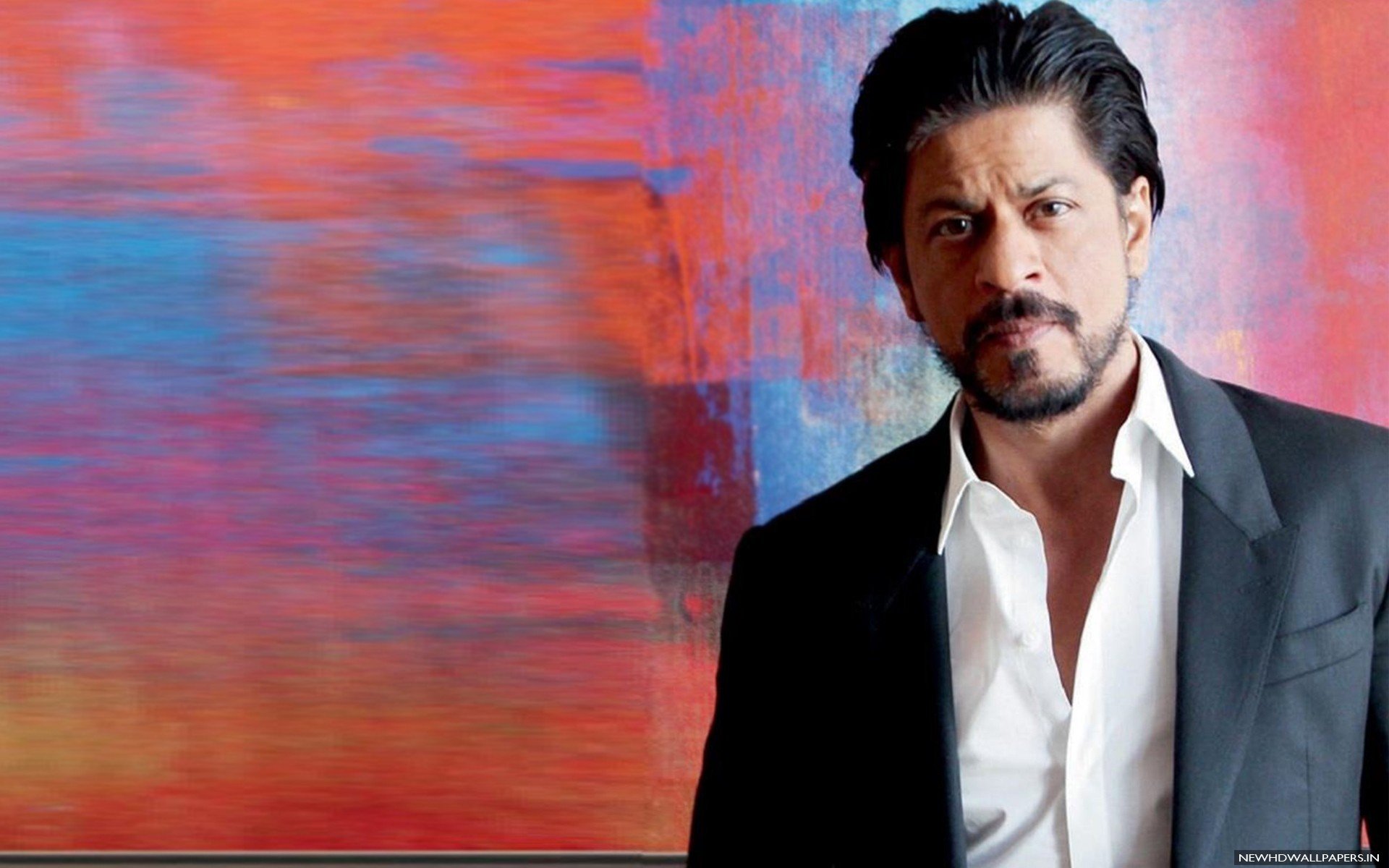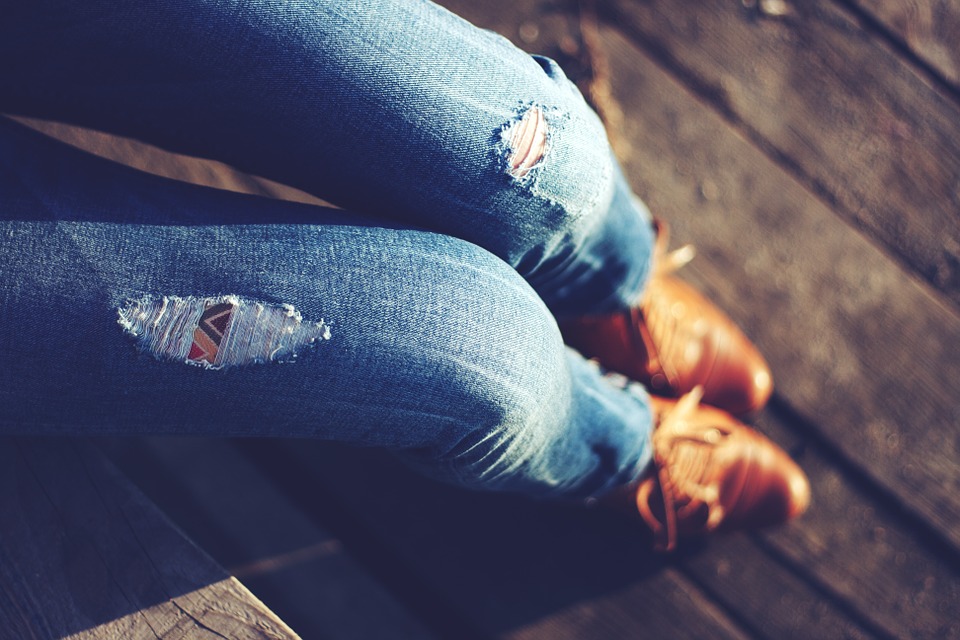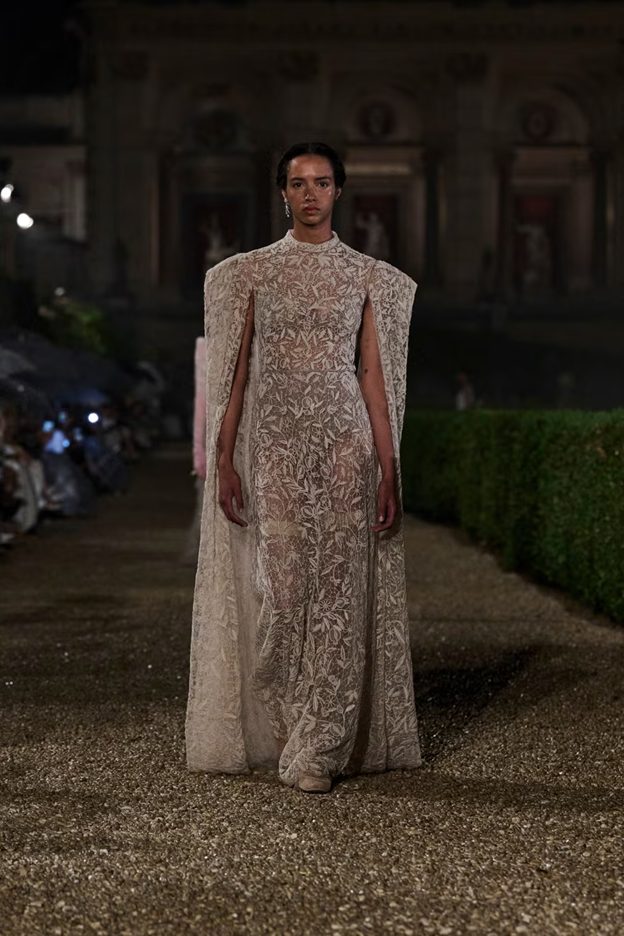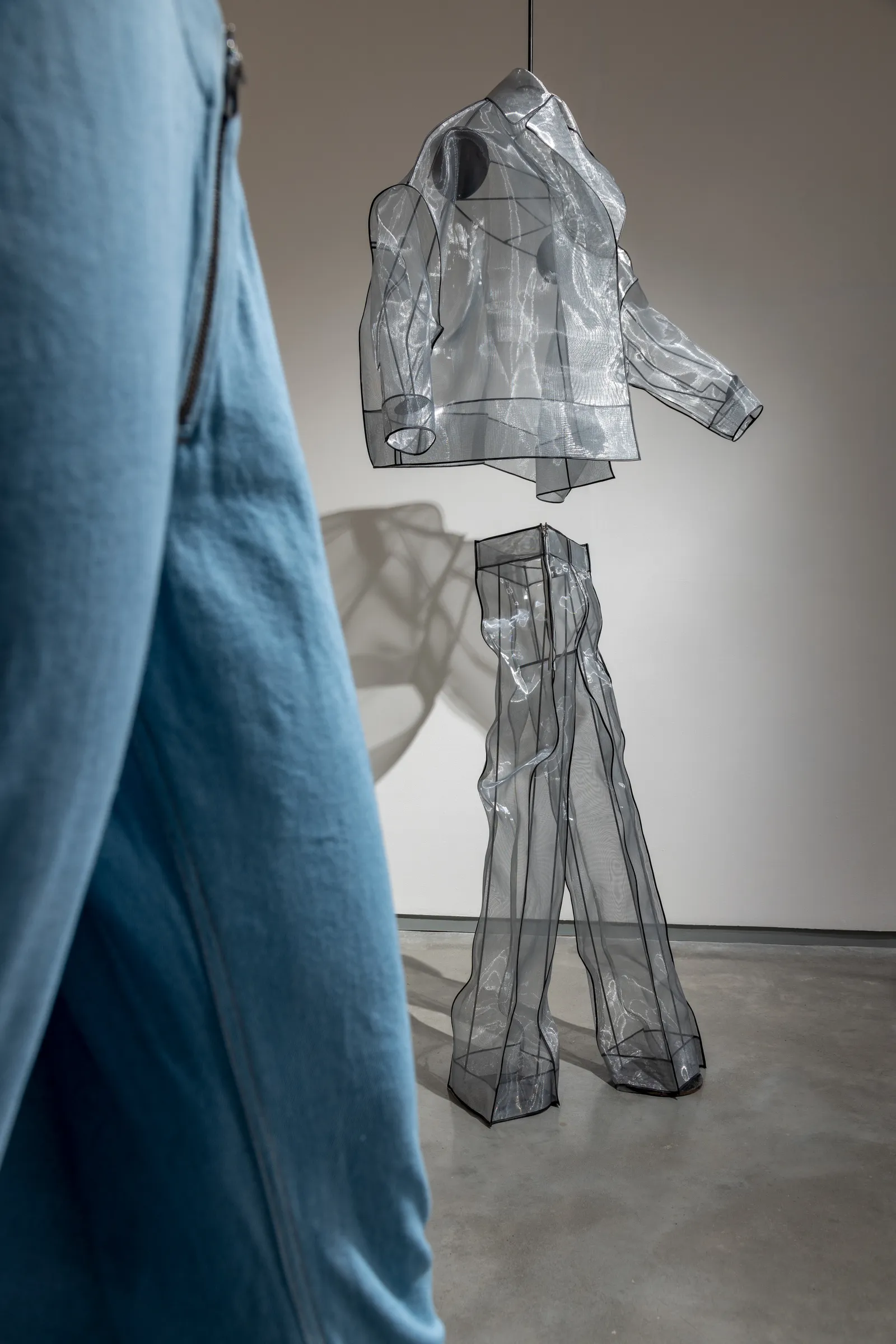
This series of establishments at Nature Morte in New Delhi is melding design and craftsmanship for a cutting edge hyper-genuine world
‘Medical procedure is the new sex,’ Timlin, a mid-level civil servant says in David Cronenberg’s Wrongdoings Representing things to come. It’s almost an admission, proclaimed to Saul Tenser, an exhibition craftsman whom she is in wonderment of. Timlin’s assertion is explanatory, filling in as a proposition of the film’s reality: it is the future, Greece, and actual torment has vanished for most people alongside the risk of contracting diseases.
Certain individuals like Saul experience ‘Sped up Development Condition’ and unexpectedly develop novel inner organs, which are taken out as is normally done, being considered ‘minimal’. Timlin has a place with the public authority division that indexes these new developments, The Branch of Organ Library. Saul and his accomplice carry out procedure extracting his developments, as a public fine art; here craftsmanship holds monstrous power. Craftsmanship is ‘disobedience, legislative issues, sex’. ‘The old sex’ as Saul portrays it, has become fairly immaterial.
This future focusing craftsmanship and life structures that opposes the ‘normal’ laid out request of things, was overwhelmingly evoked for me when I visited BLONI’s show at Nature Morte this week. The style mark’s presentation is important for ‘Vapourizing into Fog’, a gathering show organized by Peter Nagy that tries to implode storehouses of ‘workmanship’, ‘plan’ and ‘art’ by uniting design, materials, engineering, figure, furniture and different media exploring different avenues regarding new structures and thoughts. The bigger presentation incorporates a tent establishment by the craftsman, useful shelves that breakdown into a solitary section, a reasonable single-rack case with a seat for perusing, and hyper-practical little seats made out of opposite pieces in essential tones suggestive of kindergarten.
Last year organizer, Delhi-based Akshat Bansal exhibited his most recent assortment ‘Introduction’ at Paris Design Week and Lakme Style Week. Pieces from this assortment contain the establishments for the current show, permitting BLONI articles of clothing to be capable as workmanship in a ‘more slow, more thoughtful cycle’s and procured as a speculation by gatherers, Bansal says.
Eight establishments contrast the perfect void area of the exhibition. Enter and you are confronted with a metallic dark solitary shoulder-piece under the BLONI logo. Then, a diptych of modified drop pieces: one is a shining chrome silver hand-pounded aluminum by craftsmans in Moradabad, and the other a weaved puff vault made of reused PET lattice, fluid fake calfskin and encrusted with whole gemstones — dark tourmaline, amethyst and rutile. The general impact of the first is that of a case — a defensive metal sheath, and the second is milder, a suspended heart in purple, dark and yellow distensions.
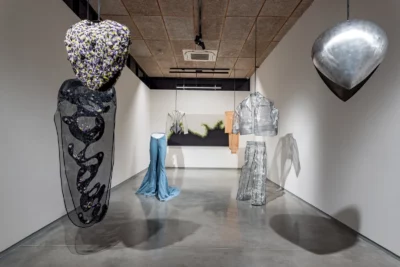
In Violations Representing things to come, Saul Tenser is in the eye of a tempest — a conflict between the foundation and the manner in which things have been as of not long ago, and the manner in which they could be. As a craftsman he is a weathervane, following around a demolished Greece set apart by modern waste, in a flowy dark robe intended to gobble him up. His sped up development disorder leaves him racked by torment, requiring the help of a LifeForm Product processing help seat to try and eat. The white seat looks like a privileged position made of vertebrae; it rocks him about loose and troubled, in a rough ocean.
The film is brimming with mechanical advances that seem to be human-tech crossovers. Saul rests in a belly like gadget, he is worked on in a plump stone coffin. Strolling through the BLONI show I’m inevitably helped to remember these developments. The ivory leotard coat made of Korean vegetarian elastic is suspended from the roof. It is straightforward white protection — deviated with curiously large erupted shoulders and corsetry — limited by clean smooth lines, earnest dark boundaries and clasps, that hotshot Bansal’s Savile Column qualifications.
BLONI’s brand name tries different things with texture and innovation stretch out our creative mind to a post-orientation world. Every one of the articles of clothing here are orientation freethinker. ‘The thought is to make new works of art for the future in light of the fact that the present status of apparel is very deteriorated. Later on nobody will look for orientation,’ Bansal expounds. ‘The leotard for example has been planned remembering the skeleton, which isn’t that different for people. It’s a piece of clothing intended for a human.’

In Wrongdoings Representing things to come, Saul is gotten between two groups. The first is the public authority that is bound on following and containing the boisterous advancements of individuals like Saul who can foster new organs- – becoming a novel, new thing, post-human. The second is a subgroup driven by an attractive yet careless man Lang Dotrice, who have developed to have the option to consume engineered materials. They transform plastic into sustenance bars that they can utilize yet which poison others. They accept that the human body is changing into something fit for consuming the plastics and side-effects of an industrialized world.
We see Lang’s child, eight-year-old Brecken, chomp into a plastic container, biting pieces, eating joyfully. This feeling of play sparkles in BLONI’s yellow plastic dress planned after the human exoskeleton. Its surprising shape joined with bright yellow inspires the striking lines and shades of a Wayne Thiebaud painting of drink syrups. The pieces of clothing in the show are hyper-genuine workmanship pieces. They don’t simply seem to be garments yet drawings of what garments could be, just in 3 aspects, developed from elective materials, giving us a future nonexistent for design and texture.
To me the feature of the display is the counter fit coat and etched rectangular jeans made of reused steel network. The radiance of the material in cooperation with light and misrepresented forms that distinctly occupy room makes a staggering feeling of show.
The jeans were made to be ‘zero-squander’, Bansal says. ‘The item can keep on having another life after use. The rectangular midriff and boards were displayed on the skeleton, simply the size changes. The hips are organized remembering the growing hips of a great many people. At the point when you wear it, it seems like you are strolling into two pinnacles.’
The display likewise sees BLONI’s most memorable in another group of work — a progression of splash-color on materials, emulating its unmistakable reflections with unpleasant whole stones weaved. With his plans, Bansal needs to comprehend materials that we don’t find in our regular world and make them multi-disciplinary, ones that can coincide in a space with specialists or a production line climate. ‘Understanding how an item can be acknowledged in another climate outside the atelier will thusly build the limit of joint effort and decrease our impression,’ he brings up.
BLONI’s is a discreetly sensational demonstration of ‘works of art for what’s to come’. It proposes reused modern materials are the fate of texture, energetic shapes and post-orientation are the fate of design. Here is a postulation: modern overabundance is the new clothing.
POST A COMMENT
You must be logged in to post a comment.

